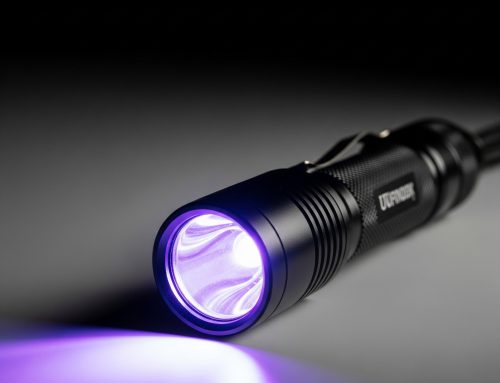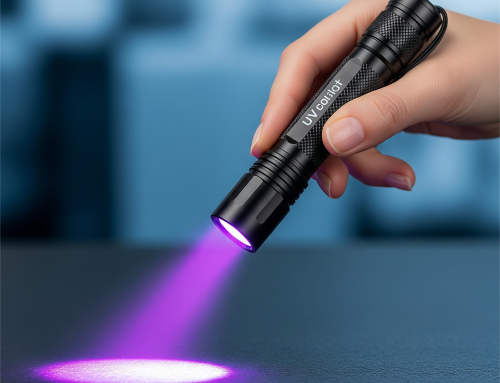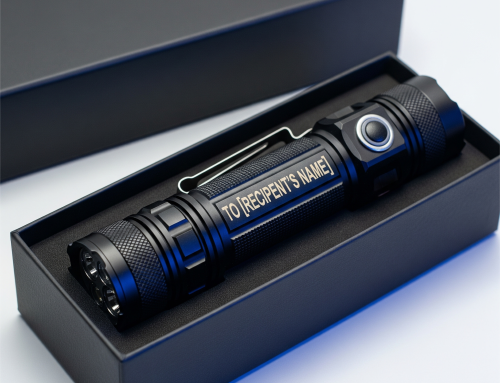Using a high-lumen flashlight in rainy weather can be a great way to improve visibility and safety. However, there are a few things to keep in mind to ensure that your flashlight is effective and protected.
Choosing the Right Flashlight
- Waterproof rating:?Look for a flashlight with a high IPX rating (e.g., IPX7 or IPX8) to ensure it’s waterproof. This rating indicates the level of protection the flashlight has against water ingress.
- Material:?Opt for a flashlight made from durable materials like aluminum or stainless steel that can withstand the elements.
- Size and weight:?Consider the size and weight of the flashlight, especially if you’ll be carrying it for extended periods. A smaller, lighter flashlight might be more comfortable in rainy conditions.
Tips for Using a Flashlight in the Rain
- Secure the flashlight:?Use a lanyard or a pocket clip to keep your flashlight securely attached to your clothing or bag to prevent it from slipping out of your hand.
- Protect the battery compartment:?Ensure the battery compartment is securely closed to prevent water from seeping in. Consider using waterproof battery compartments or seals if your flashlight doesn’t have a high IPX rating.
- Avoid submerging the flashlight:?Even if your flashlight is waterproof, avoid submerging it completely in water.
- Clean the flashlight after use:?After using your flashlight in wet conditions, clean it with a soft, dry cloth to remove any dirt or moisture.
Additional Tips
- Use a headlamp:?A headlamp can provide hands-free illumination and is a great option for outdoor activities in rainy conditions.
- Consider a red light:?A red light can help preserve your night vision and is less likely to attract insects.
- Carry extra batteries:?Having extra batteries on hand is always a good idea, especially if you’ll be using your flashlight for extended periods.



